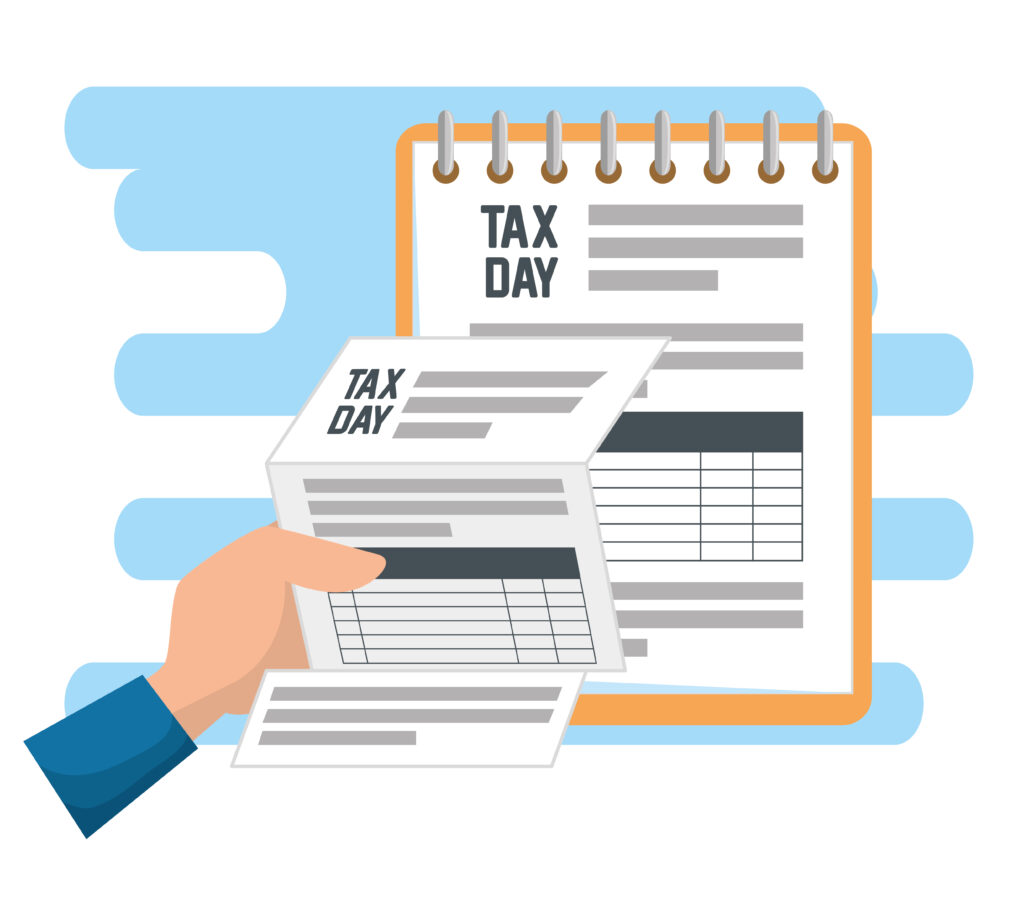- Legislation in the US that took effect in tax year 2018 eliminated most of the tax deductions for home working salaried employees
- Canada, the UK, and Australia do provide reasonable tax deduction opportunities
- In the US, some states allow remote workers to apply for tax deductions for working from home
We all have extra expenses that we incur when we work from home. This means that we may be entitled to tax deductions based on our working from home status. In the US, the deductions are limited, but in some states, there are state deductions that can apply. The UK, Canada, and Australia have much more reasonable approaches to remote employee tax deductions, especially during the time of COVID-19.
Can I apply for tax deductions if I am a salaried employee?
Are working from home expenses taxable? This all depends on where you live. In the US, salaried employees that work from a home office don’t have a lot of options for tax deductions. In other countries like the UK, Canada, and Australia, there are tax deduction options that are available to remote employees. Generally, these deductions either take the form of what is called a “workspace home expense” deduction or a bulk allowance per week.
The workspace home expense type of deduction essentially allows you to deduct a portion of your home’s costs such as electricity, heating, maintenance, property taxes, and home insurance. This is generally done by figuring out the portion of square footage that your home office takes up in your house and multiplying this by your overall house expenses.
For example, the Canada Revenue Agency (CRA) says:
To calculate the percentage of work-space-in-the-home expenses you can deduct, use a reasonable basis, such as the area of the work space divided by the total finished area (including hallways, bathrooms, kitchens, etc.).
Canada Revenue Agency (source)
Many countries have quickly altered their tax policies in the light of the forced remote work associated with the COVID-19 pandemic. These either take the form of the above workspace calculation or are in the form of a simpler bulk payment each week regardless of the actual expenses incurred. Unfortunately, the US is far behind many other countries and the IRS leaves most remote employees out in the cold during tax season.
Can I apply for tax deductions if I am self employed?
Yes! If you are self-employed, you have many more options in terms of tax deductions. In most countries, you can take advantage of these deductions if (1) the home office is used regularly and exclusively for business, and (2) this is your principal place of business.
The IRS refers to the “Business Use of Home” in their documentation. Their simplified method for calculating this is quite simple in that you multiply the allowable area not exceeding 300 square feet (see here) by $5. Check out the IRS’s examples here for how to walk through whether your home business can claim this deduction.
In Canada, the process is quit similar but more closely resembles the method that we outline below.
An alternative for remote employees: Get reimbursed
As you can see, the US is quite restrictive in its tax code for people working from home. But that doesn’t mean you are completely out of luck. We recommend asking your employer to reimburse you for the necessary expenses. In fact, some states require employers to cover these expenses when employees are working from home: California, Pennsylvania, Illinois, Montana, Iowa, and New Hampshire.
In this context, you would get reimbursed for the office expense and then your employer would deduct this on their tax paperwork. What is important here is that you aren’t found out of pocket for expenses related to working from home. Be sure to take a look at your company’s working from home policy to see if there is a clear reimbursement procedure.

How to apply for working from home tax deductions
Working from home tax deductions in the US
In 2017 the Tax Cuts and Jobs Act (TCJA) legislation removed many of the tax benefits that employees working from home can take advantage of. Prior to the tax year 2018, remote employees could claim itemized non-reimbursable expenses for working out of a home office. This, unfortunately, is now gone. However, there are still areas where remote workers can find benefits.
Many states allow employees to claim tax deductions on their state tax returns if they are working remotely. Salaried employees working remotely in Alabama, Arkansas, California, Hawaii, Minnesota, New York, and Pennsylvania should all consider talking to a tax professional, as there are state provisions in place for claiming working from home tax deductions. And make sure you keep records and receipts for all of these expenses!
Prior to tax year 2018
If you are filling our previous tax year returns, then you can deduct many home expenses in a home office deduction. Much like the case that is in place in Canada currently, you would calculate this based on the overall square footage of your home office divided by the overall home usable square footage. You can deduct things like mortgage interest, property taxes, homeowners insurance, heating, and electricity. But remember, this deduction is now gone for the tax year 2019 and beyond. The home office you use in this scenario needs to be solely used for doing business.
Canada
*Update: Revenue Canada has released a simplified way for calculating work from home tax deductions in 2020.
You are eligible to use this new method if you worked more than 50% of the time from home for a period of at least four consecutive weeks in 2020 due to the COVID-19 pandemic. You can claim $2 for each day you worked from home during that period plus any additional days you worked at home in 2020 due to the COVID-19 pandemic. The maximum you can claim using the new temporary flat rate method is $400 (200 working days) per individual.
Revenue Canada, 2020
The below recommendations are the general recommendations that Revenue Canada has had in place for years. So this method may be used in the future again:
In Canada, the situation is much rosier for work at home employees. The stipulations for salaried employees working from home are either (1) your home office is your principal workplace, being used at least 50% of the time, OR (2) you use your space exclusively for business use, and meet clients or customers there on a regular basis.
These stipulations are definitely more vague for Canadians. But it is clear that most working from home employees should be able to take advantage of some federal tax deductions. Hypothetically if you started working from home in April and you continued into September, you would indeed have worked 50% of your time from home. You must have your employer fill out a Form T2200, Declaration of Conditions of Employment in order to be eligible as an employee working from home. The CRA states that you can use the same workspace home expense calculation as a self-employed individual to figure out your tax deduction.
This tax deduction could include costs of electricity, heating, maintenance, property taxes, and home insurance. Again, we recommend you talk to a tax professional about what exactly you are entitled to here.
Australia
The Australian Taxation Office makes it easy for home workers. Their simplified method is as follows: You can deduct 80 cents per hour on non-reimbursable expenses which include things like cleaning costs, printer ink, stationery, office equipment, furniture, electricity, phone bills, internet costs, and depreciation of home office equipment. This means that if you work 5 days a week, 8 hours a day, that you would be entitled to $32 a week in deductions.
The following stipulations are mentioned by the Australian Taxation Office:
- you must have spent the money (this means you can’t have been reimbursed already)
- the expense must be directly related to earning your income
- you must have a record to prove it (these would include things like diaries, timesheets, etc.)
The interesting thing here is that multiple people in a household can apply. Furthermore, you don’t actually even need to have a particular part of your home that is dedicated to home office use in Australia! In order to make this deduction, you must record “COVID hourly rate” in the other work-related expenses portion of the tax return. This simplified method applies from March 1, 2020, to September 30, 2020.
The United Kingdom
HM Revenue and Customs rules are quite similar to Canada’s. Their stipulations for making deductions include:
- You must be using your home office space to perform “substantive duties” which are part of your central duties in your job.
- The office facilities must not be accessible to the employee (eg. they live too far away, or a pandemic has closed the office).
We recommend checking with a tax professional if you are in the UK, as there is some disagreement on whether someone who chooses to work from home would qualify for these deductions. The HMRC states:
If you’ve agreed with your employer to work at home voluntarily, or you choose to work at home, you cannot claim tax relief on the bills you have to pay.
HMRC (source)
We are not exactly sure how the above quote applies to situations like the COVID-19 pandemic, but it is worth checking with a tax professional who would be more up to date on exactly how UK citizens should interpret this.
The simplified method mentioned by the HMRC includes £26 per month (after April 6, 2020) for monthly expenses OR £6 a week. This would apply to things like extra electricity and extra water usage. Furniture would not be covered here and is recommended to be reimbursed directly by employers.
Wrap-up: Applying for working from home tax deductions
As you can see, the tax law is still being fully interpreted in some jurisdictions when it comes to working from home. But for most, there should be some kind of relief in the form of a tax deduction or direct reimbursement by their employer. When in doubt, keep good documentation! Make sure you keep those receipts and timesheets handy for tax season. You never know what will have changed by then.





1 Comment